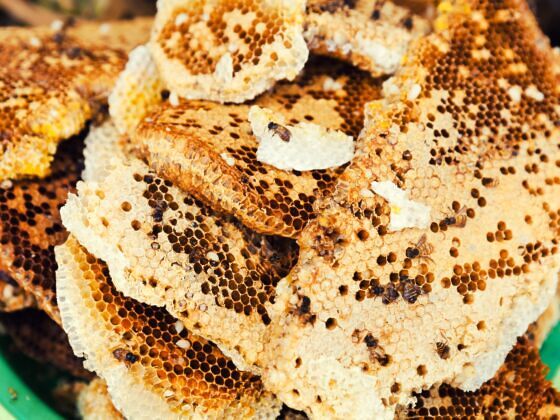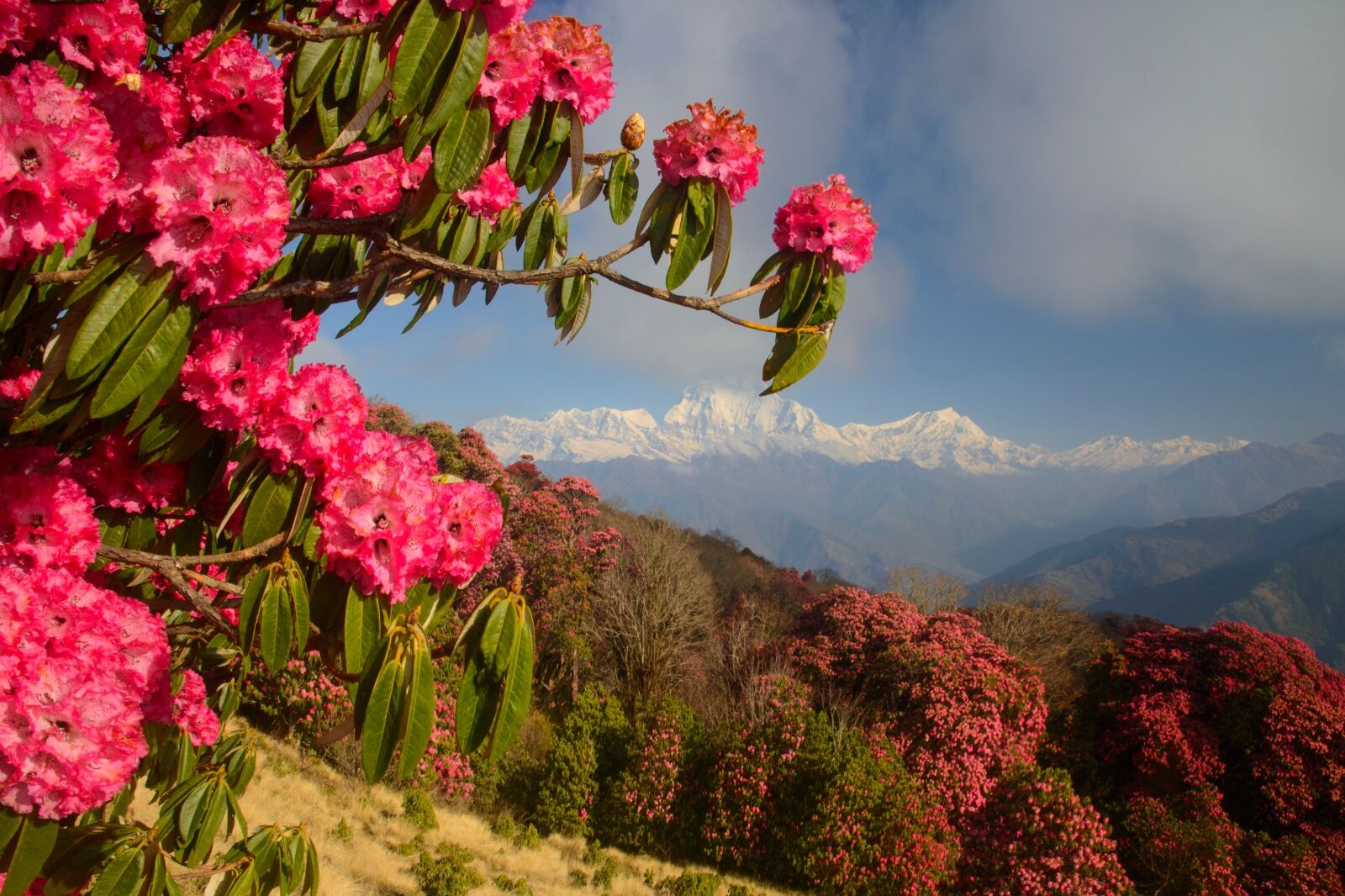Each spring, in the mountainous regions of Nepal, the world’s largest honey bee, Apis laboriosa, pollinates brightly hued rhododendron flowers and carries nectar back to cliffside nests. There, the hive creates a viscous, bitter-sweet dark red substance. This is what’s called “mad honey.”
Despite being both rare and difficult to harvest, global interest in the substance has risen sharply in recent years. Mad honey is no longer consumed solely in the small regions of Nepal and Turkey where it’s produced. These days, it’s available for purchase from many online sellers so that people around the world can try it and experience effects that include a sense of calm, euphoria, and, in rare cases, psychedelic visions.
But should you try mad honey? It’s an all-natural source of many purported benefits, both medicinal and recreational. It’s also legal and straightforward to purchase in most countries. However, dosing with mad honey isn’t without health risks.


